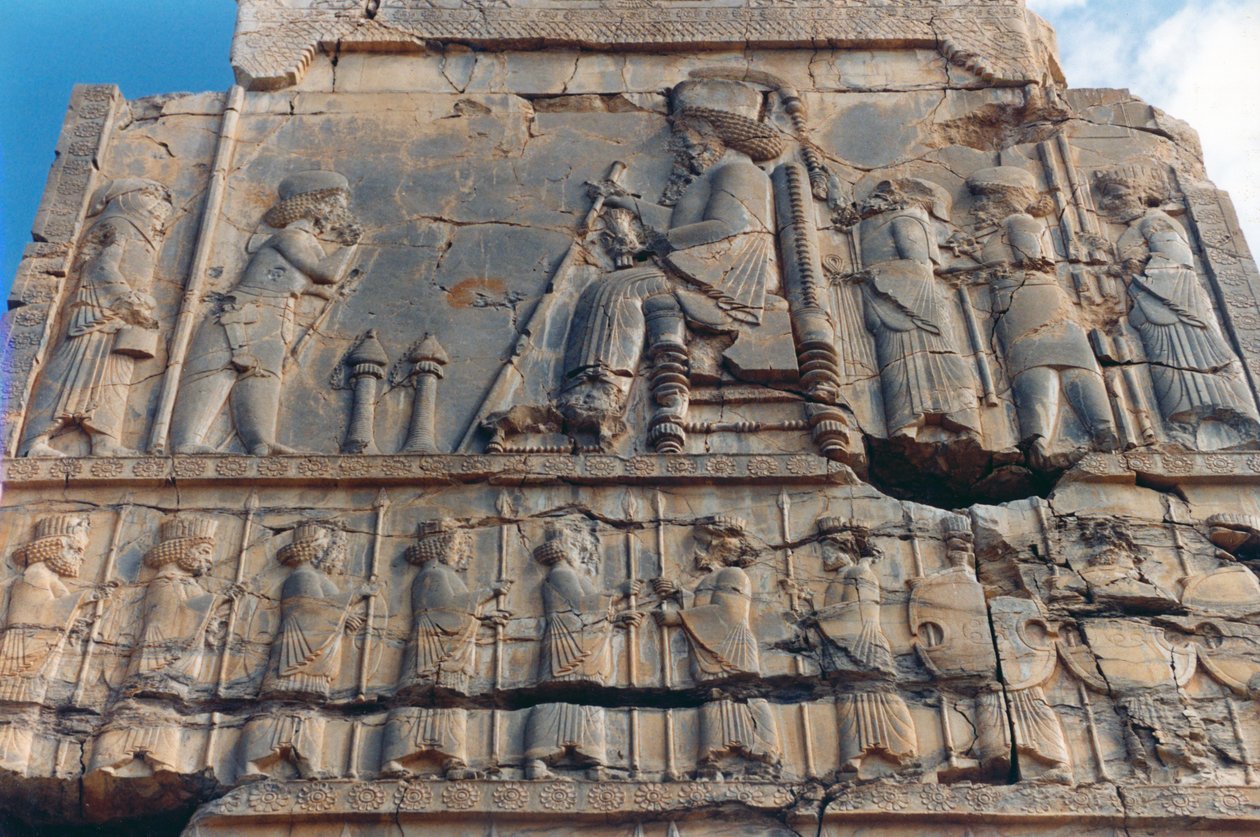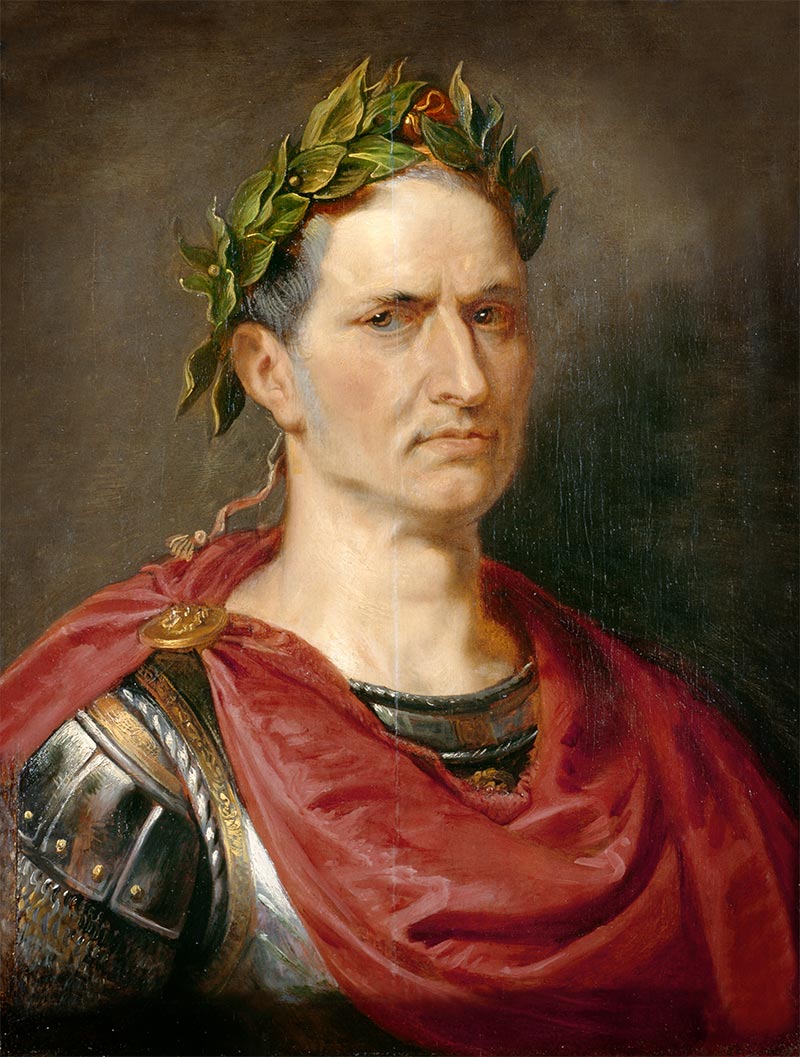Strategic Leadership Analysis
Artaxerxes archetypes master the middle ground. You moderate powerful factions, use ceremony to reinforce loyalty, and apply pressure only when persuasion and patronage cannot prevent revolt.
Strengths
- Navigates court intrigue with calculated patience
- Secures loyalty through ceremonies and patronage
- Maintains large empires via pragmatic compromise
- Deploys seasoned generals and administrators wisely
- Adapts strategies to quell uprisings without collapse
Pressure Points
- Reliance on nobles risks factional power plays
- Slow decisions can embolden ambitious rivals
- Patronage networks need constant oversight
- Trust issues may limit empowering fresh voices
- Can appear aloof to frontline realities
Relationship Operating System
You thrive with confidants who deliver candid intelligence and represent grassroots perspectives.
Deployment Zones
High-stakes diplomacy, corporate boards, legacy family enterprises, multilateral negotiations, institutional governance
Leadership Lessons to Apply Today
Schedule direct listening tours and widen your circle of trusted advisors to stay ahead of court politics.



